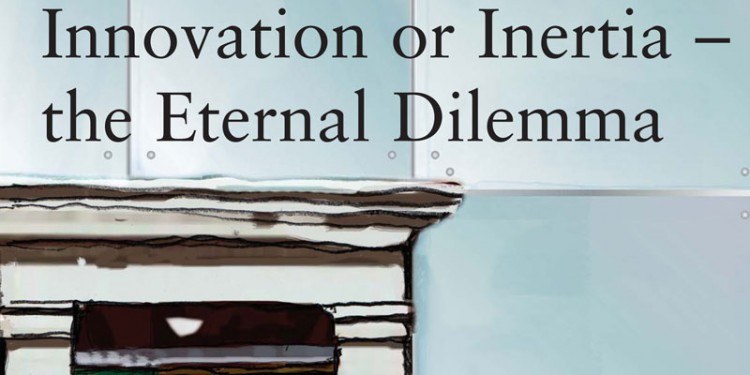Customer apathy is relied upon by a wide range of financial services institutions. Ian Buckingham believes that a profit-from-inertia strategy is flawed. He argues that employee engagement in the interest of customer focus leads to more fulfilling customer interactions which may ultimately be a source of sustainable competitive advantage.
The financial services industry has had more than its fair share of high profile appeals to the Competition Commission and the Office of Fair Trading – witness the recent super complaint against the Northern Irish Big Four, launched by Which? the consumers’ association. A cornerstone of their argument concerns perceived uncompetitive behaviour, which they claim is partly customer-inertia led. What cases like these highlight is a bizarre coincidence of wants – customers largely want to be left alone and financial institutions want to make money. Back in my days as a strategy executive within the banking world it was an unwritten fact that inertia was our sleeping partner – our best friend! You won’t see it stated in any strategy document available to an audience outside the hallowed management suite but I can say with some confidence that a sizeable slug of the annual profits of all financial services organisations can be attributed to customer inertia aligned to less than pro-active customer service. In this environment, innovation is often a threatening, dirty word.
When the financial sophistication of your average customer is still remarkably low (as testified to in a range of reports including Sandler), coupled with everdecreasing time and generally an instinctive lack of interest in ‘dour’ financial matters, it comes as little surprise that everyone, from credit card companies through to mortgage providers, silently preys on customers with slumbering credit balances or debts lashed to dated products.
Faced with this bizarre symbiosis, is it really shocking that financial services firms seldom top the customer service charts? More to the point, does the managing director really care, when board members are under increasing stakeholder pressure to significantly impact their cost/income ratio in a matter of months rather than years?
But what about the growing negative reaction to call centre outsourcing and customer demands for a return to more discretionary power at the front line? There has certainly been an increase in off-setting, switching and surfing – costing credit card companies an estimated £3 billion a year according to a Moneynet press release in September of last year.
But does the rise of the ‘rate tart’ phenomenon really signal that the industry has been rumbled? Are we witnessing a customer backlash or are the proactive minority simply clambering all over the tip of the inertia iceberg while the inert majority still have their heads under the water?
To read the full article, please download the PDF above.

